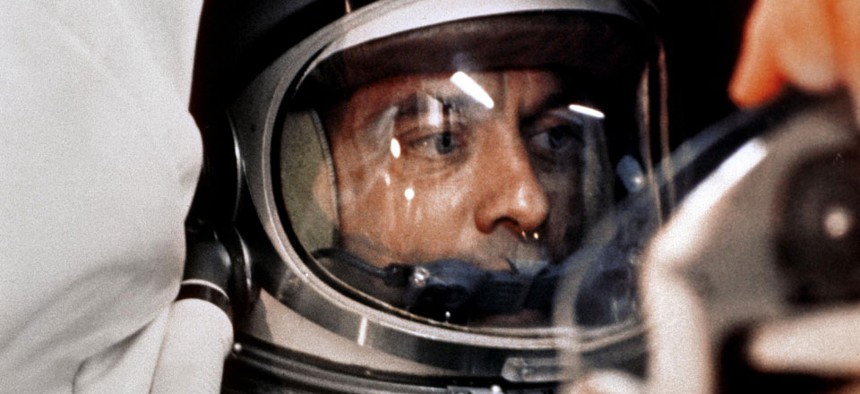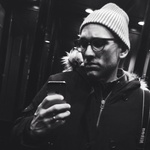13 Little Things NASA Did to Get Alan Shepard Ready for Space

Astronaut Alan Shepard sits in his Freedom 7 Mercury capsule, ready for launch. NASA
Bacon, an early bedtime, and a few tattoos to mark where the electrodes go
I was digging around the NASA archives when I stumbled upon the flight surgeon's report for the Mercury-Redstone 3 mission, otherwise known as the second flight by a human into space, and the first by an American. Alan Shepard was the man chosen by the United States to leave Earth.
The astronauts were accompanied by doctors at all times. They were fed a strict diet. Their vitals were measured. They were monitored constantly.
But while I've known this in the abstract, it wasn't until reading the surgeon's report that I realized that these flights, from a biomedical perspective, were experiments playing out in the astronauts' bodies. As such, as many variables as possible had to be controlled, while still allowing the pilots to function normally.
Here are 13 tidbits I extracted from William K. Douglas' report detailing the pre-flight ritual.
1. For the three days before the flight, the pilot lived in the Crew Quarters of Hangar "S" at Cape Canaveral: "Here he is provided with a comfortable bed, pleasant surroundings, television, radio, reading materials and, above all, privacy. In addition to protection from the curious-minded public, the establishment of the pilot and the backup pilot in the Crew Quarters also provides a modicum of isolation from carriers of infectious disease organisms."
2. The pilot ate "in a special feeding facility" with a personal chef, "whose sole duty during this period is to prepare these meals."



